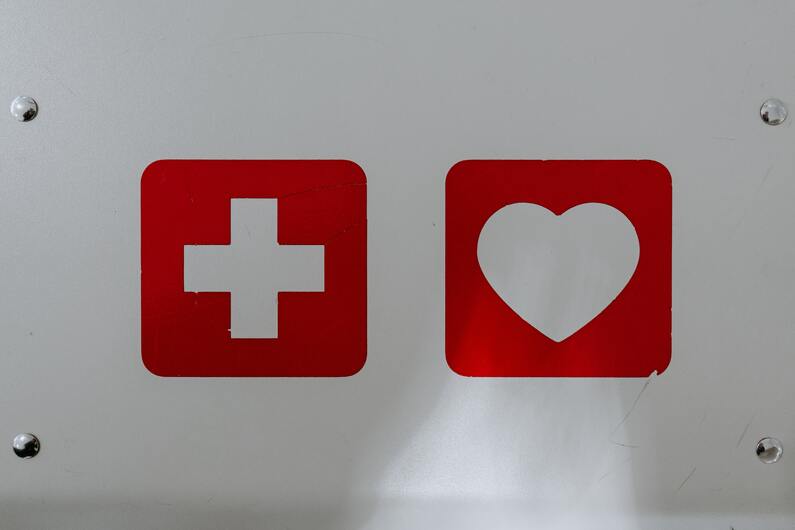Accidents and injuries are a common occurrence in all work environments. Although employers have a duty of care towards their staff members, employees also have to play their part in fostering a safe workplace.
Whether it’s a construction site, a commercial space, or an office building, risks and hazards are present in all work environments. Obviously, it’s more likely to suffer a severe accident when working at height, handling dangerous chemicals, or carrying out electrical work than when your job implies sitting at a desk all day. But that doesn’t mean we should pay less attention to health and safety duties in settings that are generally considered low-risk.
Although all workplaces are required to have a health and safety policy in place and comply with the laws and regulations applicable in their industry, it’s virtually impossible for these protocols to erase all risks and hazards. Besides, these measures can only prove useful if employees adhere to the safety standards and get actively involved in creating a low-risk work environment.
Therefore, ensuring health and safety in the workplace is a shared responsibility: both employers and employees have to work together to minimise hazards and reduce the risk of accidents at work. So, as an employee, here’s how you can bring your contribution to improving workplace safety and keeping yourself and everyone else around you protected from hazards and accidents.
Always follow safety protocols and procedures
Your employer has taken the trouble to create a health and safety protocol for a reason: to reduce and eliminate risks as much as possible, and keep you and everyone else on the premises safe and protected. These protocols are created following a thorough evaluation of the work environment in order to identify any potential risks and hazards.
Therefore, if you want to avoid accidents and injuries, it’s absolutely crucial to adhere to the safety rules and guidelines set in place by your employer. It may be tempting to skip certain steps and take shortcuts in order to complete your tasks faster, but the gains are not worth the risks and the potential consequences.
Stay alert
Being aware of your surroundings and the potential hazards your job entails is one of the best ways to keep unpleasant events such as accidents and injuries at bay. Ironically enough, the more familiar you are with a work environment and the activities you have to perform there, the less attention you tend to pay to what’s happening around you. That can expose you to any number of risks and hazards that can result in serious consequences.
So, even if you feel comfortable and in control at work, try not to let this relaxation go too far. Even if your workplace is relatively risk-free, you should still keep your eyes and ears open when carrying out your daily duties. It’s always best to have a proactive rather than a reactive approach.
Take regular breaks
When fatigue and exhaustion set in, it can be difficult to focus on the task at hand, and that’s when accidents are more likely to happen. Tired employees can no longer function safely and efficiently, posing a risk to themselves and others. So, tiredness will not only affect productivity levels, but also the health and well-being of an employee.
This stresses the importance of taking regular breaks in order to keep exhaustion and all the safety risks associated with it at bay. If you don’t have a strict schedule in place at work, try to take breaks after completing each task, preferably before fatigue sets in, so you can stay fresh and alert throughout the day. It’s also recommended to handle more complex tasks when your energy levels are higher and schedule less demanding activities toward the end of the workday.
Report unsafe conditions
Although it’s mainly an employer’s job to identify risks and hazards and take the necessary measures to address them, it doesn’t mean employees shouldn’t get involved in these types of actions. If you happen to spot unsafe or unhealthy conditions at work or any hazardous situation that your employer has failed to notice, you should lose no time in reporting them to your supervisor or manager in order to improve workplace safety.
However, if an accident does occur due to employer negligence, and you get injured in the event, you should know you are entitled to making a personal injury claim. As specialists at Personal Injury Claims Care explain a personal injury claim is a way for people to seek compensation for the damages and loss they’ve suffered in an accident that wasn’t their fault.
Use adequate personal protective equipment
Depending on the nature of your job, employers should provide the necessary personal protective equipment or PPE to create a barrier and minimise exposure to a wide array of work-related hazards. These pieces of equipment range from protective clothing, helmets, and goggles to respiratory protective equipment, safety footwear, safety harnesses, and other types of accessories.
It’s vital to follow your employer’s recommendations regarding the use of PPE when performing your job, even if you feel confident in your skills or you might not consider it necessary to wear protective equipment in certain situations.
Stay up to date with new safety procedures
Tech innovations and advances are constantly reshaping work environments in every industry, improving productivity, and enhancing safety. It’s therefore obvious that new health and safety protocols have to be introduced to keep up with these transformations. As an employee, it’s important to stay up to date with all the changes implemented by your company in all areas, especially in the health and safety department.
Your employer is responsible for providing proper 40 hour hazwoper training in this respect, but it’s up to you to make an effort to understand what these new changes imply. If you have any questions regarding health and safety procedures, don’t hesitate to ask your trainer or supervisor for details and clarifications. Good collaboration is the secret to achieving a safe and risk-free work environment.
